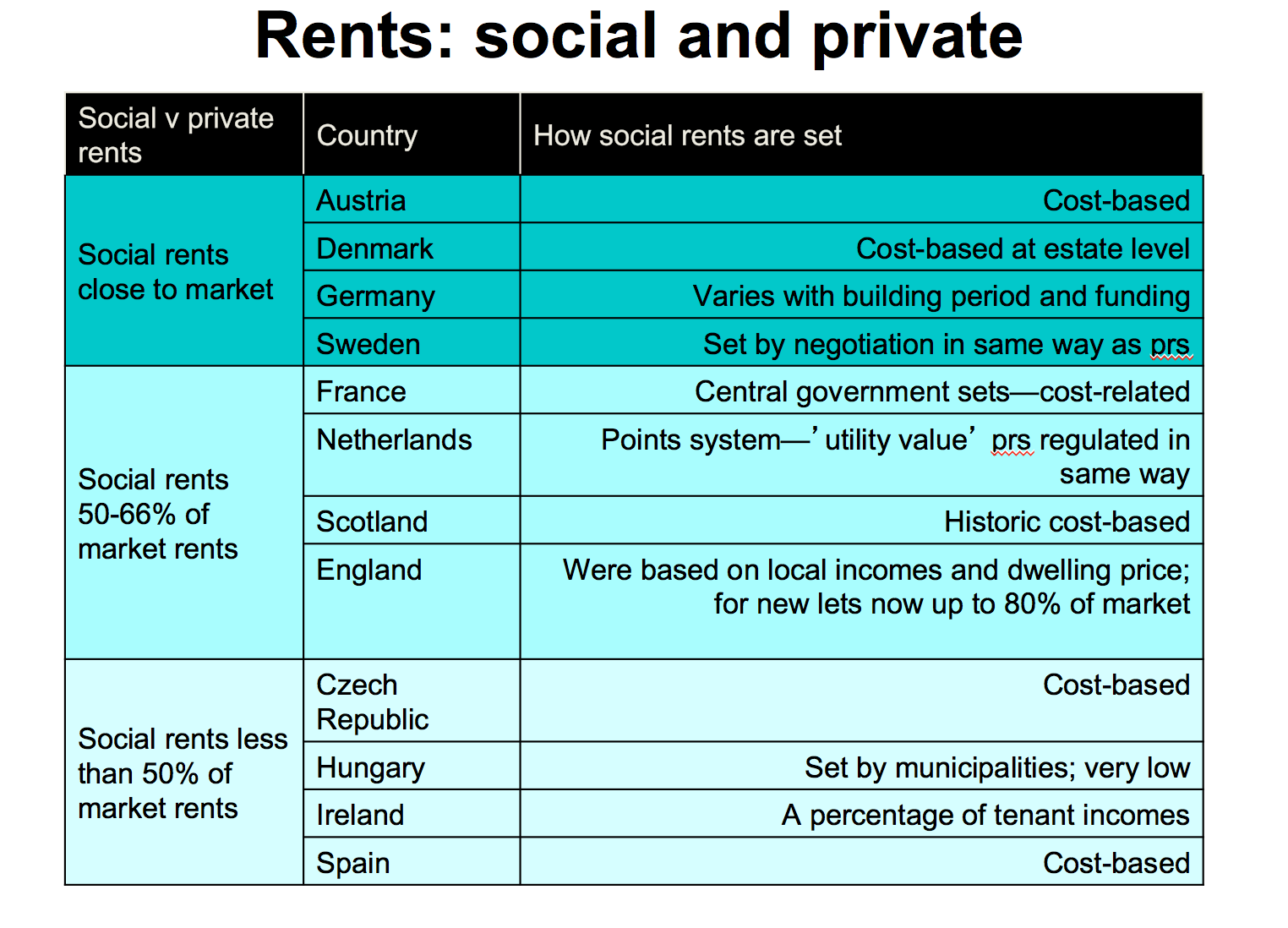For many people living in shared accommodation in London, it’s made bearable by the fact that you live in one of the most exciting cities in the world with lots to do OUTSIDE of your home. Lockdown has forced a lot of flatmates to spend more time with each other than they necessarily would like to[1].
Since 23 March, the lives of working Londoners have changed dramatically. Most of us have had to do everything—work, relax, study, cook, clean—within the same space. Our dwellings have suddenly had to perform a range of functions they were not designed for, and fellow household members became near-constant companions. This shift was perhaps especially challenging for sharers. High housing costs in the capital mean few shared rented homes have studies or extra bedrooms; indeed some have no communal space at all besides the kitchen (which may not even be big enough to eat in).
This blog reports the main results from a new survey[2] of Londoners who share their homes with others—either renting with partners or flatmates or living with parents. We wanted to find out how their homes had performed, both physically and as social spaces, under these exceptional conditions. This Covid-specific survey builds on earlier research by LSE London, Pocket and Metropolitan Workshop into the experience of aspiring home owners in London[3].
While we are starting to see a return to a “new normal”, it seems likely that we will continue to work from home (at least partly) for months if not years to come. The findings of this survey can help inform the way we design homes for the future.
The survey respondents, their homes, their work and Covid routines
All but 2% of the respondents lived in London, and the survey had respondents from every borough. Most were young, with an average age of 31; 44% shared with unrelated people (usually one or two others); 36% lived with partners and 17% lived with their parents. Most (62%) were renting from a private landlord.
People living with their parents most often were in houses, but those living with partners or sharing with unrelated adults were more likely to live in flats (whether purpose-built or conversions). Some shared homes had no communal space apart from the kitchen, but most respondents (80%) lived in homes with shared living rooms. The median size of respondents’ personal space (usually just a bedroom) was 11 feet x 10 feet (10.4m2).
Most of the respondents (70%) were in employment and working full-time when they completed the survey. According to the ONS about a quarter of UK employees are furloughed in the first month of lockdown, but the proportion of furloughed workers in this group was lower at 14%. The main employment sectors were media, education and professional services (see Table 1).
Table 1: Employment sector (those with >5% of respondents)
| Other | 14% |
| Media, leisure, design & communication | 13% |
| Education | 10% |
| Professional services | 10% |
Of those working full- or part-time, some 83% were doing all their work from home. 69% said some or all of the other people in the house were working from home as well—raising a range of issues about the use of space, noise and daily household routine.
22% of respondents met the Government definition of key workers—exactly the same proportion as in the UK workforce as a whole, according to a recent IFS study[4]. During lockdown, key workers continued to do their jobs in the community but housemates often remained at home, which could generate tensions and challenges:
Concerns about safety as I am a key worker. This has caused further issues and tension in the house and arguments purposefully started.
I want to chill in the lounge when I get home from working for the emergency services but they are using it as a home office. Trying to sleep when I work nights is hard now they are all home most of the day.
Challenges of home as a workspace
Working from home was a new experience for some. Of those working from home under lockdown, most said they had previously worked from home sometimes (from ‘infrequently’ to ‘most days’). But for the 34% who had never worked from home before, this new arrangement was a major change.
The challenges of working from home were more about the characteristics of the dwellings than about relations with flatmates. The main physical difficulties were “shortage of suitable work surfaces (tables, desks)” (identified as a problem by 46% of those working from home) and “not enough space in the home” (42%) (Table 2).
Table 2: Working from home: physical characteristics of the home
Have the characteristics of the place where you currently live presented any difficulties or challenges when working from home? % of those working from home citing as a problem
Shortage of suitable work surfaces (tables, desks) 46%
Not enough space in the home 42%
Inadequate wifi 26%
Challenges presenting professionally to employer/client 21%
Other (please describe) 8%
At home, respondents were mostly working from their bedrooms and their living rooms (37% each). Living areas were often repurposed as workspaces, meaning there was no space to relax and no psychological separation between leisure and work. Some of these challenges could be resolved by reconfiguration of furniture or negotiation with other members of the household, but many simply had to be accepted.
I have to build my desk every morning and disassemble it every evening because I’m located in front of the TV in the living room. I work a lot of overtime but this means working overtime in my bed because I can’t be working after hours in my housemates’ living space.
Many respondents were using the same room for work and sleep. This was rarely a positive choice but rather because they had no other workspace. This could lead to issues of both mental health (depression) and physical health (those without desks often worked on their beds or sat with computers on their laps, leading to back problems).
In terms of sharing the home/workspace with others, the main issues were noise, lack of privacy and needing to use the same room for work [see Table 3]. These are all fundamentally about limited space.
My flatmate is a voice over artist and actor who needs total silence during recordings which can be challenging if I have meetings. We do our best to work around each other but this is very difficult.
I work in mental health and keeping my clients’ confidentiality has been tricky.
We each have to go to our bedrooms if the other needs to do a video call and because we have an open kitchen/living area there is nowhere else to go other than sitting on my bed with my laptop. If my housemate has a call when I need lunch I’m in the background of his professional call making a sandwich!
Not all found working from home to be a challenge and indeed some relished it. ‘Loving the introvert paradise,’ said one. Without commuting, some respondents enjoyed more ‘me-time’ and time for hobbies (there were many mentions of yoga).
Household relations under lockdown
This period of enforced togetherness was an unexpected benefit of lockdown for many, who said their relations with housemates had deepened and improved.
Getting on really well with my flatmate, which wouldn’t have happened otherwise as we rarely saw each other before the lockdown. We have a garden, so we now frequently barbecue, watch telly or just hang out together, which has been nice.
We are random people living in a houseshare and previously spent most of our time out of the house, so hadn’t really spent any time together. Now we are watching TV together every night.
Because they were spending most of their time at home, and eating all meals there, respondents said their homes needed constant cleaning. Agreeing who was responsible for doing this was a source of irritation for many (Table 3). Some female respondents reported that they had taken on a disproportionate share of domestic responsibilities.
Table 3: Working at home and sharing with others
| Has living with other(s) presented any difficulties or challenges when working from home? | % of those working from home citing as a problem |
|---|---|
| Noise | 44% |
| Lack of privacy (eg for video calls) | 43% |
| Needing to use the same room for work | 37% |
| Needing to use the same work surface (table, desk) | 26% |
| Incompatible daily routines/working hours | 24% |
| Interpersonal conflicts | 18% |
| Other (please describe) | 4% |
I live with strangers, who are all lovely, but without a communal space to hang out, we hardly know each other. We used to get a cleaner once a month, but due to Covid losses of income, we can no longer afford to and it’s also not safe to. No one wants to send passive aggressive messages to the house WhatsApp, but also no one wants to clean up after whoever keeps leaving the stove and kitchen table a mess. So the dirt and resentment all build together.
I’m furloughed so doing all the cleaning and cooking. It makes sense as I don’t have any other work but it feels like we are reverting to stereotypical gender roles and I don’t like it.
The survey was administered in late May and early June 2020, while lockdown was still in force. Some 82% of respondents said they were only leaving the house for exercise, essentials and/or medical purposes and 56% said it was the same for everyone they lived with. But while most respondents were taking lockdown restrictions seriously, differing attitudes to lockdown could cause major discord within households and led some respondents to move out or return to their parents’ house.
Some members of the household have consistently refused to follow guidelines and have been going to parties and social events
Where to live next: Changing expectations and aspirations for future
Some respondents feared that the economic shock of the pandemic might force them to defer or even abandon their housing aspirations entirely. 36% expressed immediate concerns that either they or their flatmate(s) would be unable to pay the rent, or that they might be evicted when that became possible. Some worried that the effects would be longer-lasting, and might extinguish forever their prospect of becoming a homeowner.
I’ve been forced to use savings to live on during the lockdown as my work has completely dried up (events). I have too much in savings to apply for Universal Credit but my savings were to buy my own place. That won’t ever happen now as it’s set me back and replacing those savings will be impossible now with rising unemployment and my industry struggling to recover and operate. Home ownership is no longer a possibility for me so I’ve resigned myself to renting for the rest of my life.
For others, the lockdown experience was an opportunity to review their housing situation and focus on how to change it for the better. Looking to the future (Table 4), many respondents expected—or at least hoped—to improve their housing situation, and spending so much time at home had caused many to reconsider what they wanted from a permanent home. 22% of respondents said the experience of lockdown made them more motivated to save for home ownership, and a similar number said they would prioritise having a garden or outdoor space in their next home. Some 19% said they were motivated to leave shared accommodation.
Perhaps surprisingly, only a small percentage (8%) said the pandemic made them want to leave London.
Table 4: Lockdown and hopes for the future
Thinking about your housing situation, how has the COVID lockdown affected your hopes for the future? % of all respondents
Hoping housing situation will change I am more motivated to save for home ownership 22%
I would now prioritise having a garden/outdoor space in my next home 22%
I am more motivated to leave shared accommodation 20%
I want to leave London as soon as possible 8%
I would now prioritise living in a house rather than a flat 8%
Fearing housing situation will not change I expect to be in shared accommodation for longer 13%
I am less likely to become a homeowner 10%
I am less likely to be able to leave shared accommodation 8%
Other (please specify) 5%
Conclusion
The cost of London housing in the capital inevitably forces trade-offs, and many Londoners rent or live with their parents into their 30s or even 40s. Their counterparts elsewhere in the country are much more likely to own their own homes. The tradeoffs in terms of space and independence may be acceptable when people spend most of their time outside the home, but coronavirus has changed everything. Lockdown has affected all of us, but there are particular pressures for people living and working in shared homes with limited space. If home working is to become a fixed part of our routines long term due to ongoing social distancing or employers changing offices to create more flexibility, then our homes – and the relationships within them – need to adapt.
[1] This and subsequent quotes are taken from responses to the LSE London/Pocket survey, May-June 2020.
[2] The online survey was open during the period 13 May – 12 June 2020. Survey invitations were sent to individuals on the Pocket homes registration list and was promoted by Pocket and LSE on social media; to qualify for a Pocket home people must live or work in London, be non-homeowners and have a household income of under £90,000/year. There were 698 valid responses.
[3] A portrait of aspirant homeowners in London (2020). Report here: https://www.pocketliving.com/ebook/research2020





2 Comments